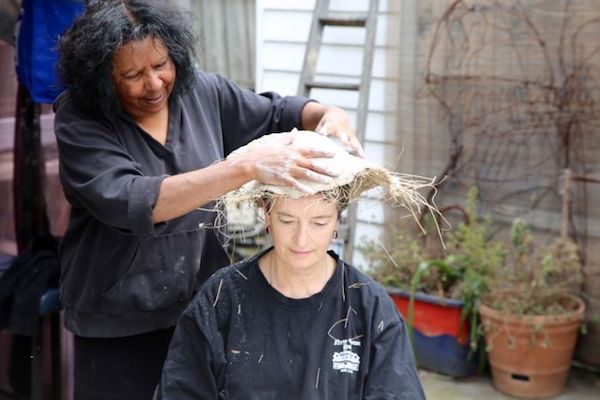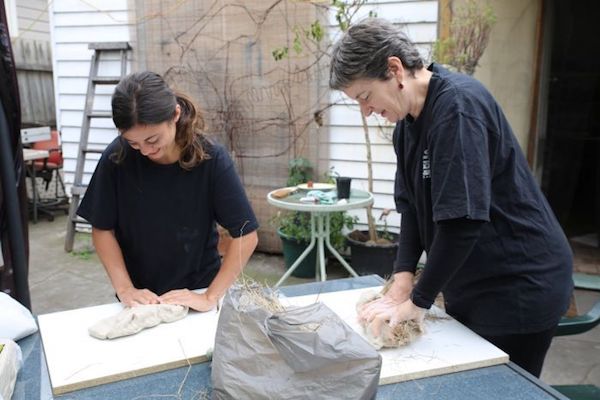News headlines can feel like a catalogue of death and destruction, but are we really grappling with the reality of human mortality? The answer is no, according to a new festival.

By Eloise Fuss and Lisa Skerrett
The Festival of Death and Dying wants us to stop focusing on our jobs, mortgages, children and relationships for a minute to consider life’s biggest unknown: death.
“We all live in a way as if we’re going to live forever,” said Festival of Death and Dying director Dr Peter Banki.
“To produce a cultural shift we need to do more than just talk about death and dying, I think we need to actively learn more about it, and even experience it in a certain way.”
The festival takes place in Melbourne this weekend after a successful debut in Sydney last year, with plans to also expand to Adelaide and Berlin.
Using art installations and immersive workshops, it hopes to provoke contemplation about how societies mark death and come to terms with the inevitable loss of friends and family.
“[Death] is probably the most difficult thing that any of us will ever have to do, and it’s probably the most important thing one can do for someone else — witnessing someone dying, accompanying them, and taking responsibility for their legacy and their memory,” Dr Banki said.
“You can’t experience death as such, so you need art — it helps us bear witness to it, even if it doesn’t save us from it.”
Mainstream Australia distanced from death
Before modern medical breakthroughs like vaccines and penicillin, it was more common to die at home, meaning most people had firsthand experience of human death.
Traditional funeral rites were also largely a family affair — a far cry from today’s funeral industry, which Dr Banki thinks has “commodified” the personal experience and expression of grief.
“We don’t see death, it’s hidden from us,” he said.
“You have a funeral and you might have a get together afterwards but that’s about it, there’s nothing within the culture that’s there or any type of ritual or ceremonial way to mourn our dead.”
One project helping people create ritual around death is a fashion designer making garments for the grave.
Pia Interlandi combines skills in fashion and funeral celebrancy, working with individuals and families to create bio-degradable clothing to be buried in.
“It neither denies nor flirts with death, but presents it in a way that invites observers to view it as natural, undeniable, inevitable and at times, beautiful,” said Ms Interlandi.
Rituals and mourning

There is another older way of thinking about death close to home too: the complex mourning rituals of Australia’s Indigenous cultures.
Artist Maree Clarke builds an understanding of grief from an Indigenous cultural perspective, by guiding people through the experience of wearing Kopi mourning caps, or widow’s caps.
“In different areas some women would cut off their hair, weave a net of emu sinews, place it on their head and then plaster their head with gypsum, a very heavy river clay.
“They represented the weight of your grief, so the heavier it was, the bigger connection to the person that had passed.”
Dr Banki said mainstream Australia, which had “completely missed out on these ways of mourning”, had a lot to learn from Aboriginal cultures about dealing with death — and that getting “hands-on” helped in the process.
“There are other people in Australia also working to promote people to learn and have conversations about death and dying, but it’s always within the realm of speech and lectures and talks,” he said.
“We think deep learning happens when people feel something, when people experience something, and for that you have to get them to try on a garment or have to get them to try on a hat, or go into a coffin.”

Complete Article HERE!
